Upcoming Events!
Past Events

<p>Abstract: I will explore two core principles of circuit models for perceptual decisions. In these...</p>
<p>Abstract: I will explore two core principles of circuit models for perceptual decisions. In these models, neural ensembles that encode actions compete to form decisions. Consequently, representation and readout of the decision variables (DVs) in these models are implemented similarly for decisions with identical competing actions, irrespective of input and task context differences. Further, DVs are encoded as partially potentiated action plans through balance of activity of action-selective ensembles. I show that the firing rates of neurons in the posterior parietal cortex of monkeys performing motion and face discrimination tasks violate these principles. Instead, neural responses suggest a mechanism in which decisions form along curved population-response manifolds misaligned with action representations. These manifolds rotate in state space for different task contexts, making optimal readout of the DV task dependent. Similar manifolds exist in lateral and medial prefrontal cortex, suggesting common representational geometries across decision-making circuits. </p>
<p><a href="https://as.nyu.edu/faculty/roozbeh-kiani.html">Learn more</a></p>
|full_html
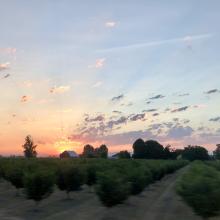
Join us for ION Happy Hour this Friday at 4 pm. Science, fresh air, locally brewed beverages, salty...
Join us for ION Happy Hour this Friday at 4 pm. Science, fresh air, locally brewed beverages, salty snacks, gluten free options, and you don't have to worry about turning your camera and microphone on or off.<br aria-hidden="true">
|full_html
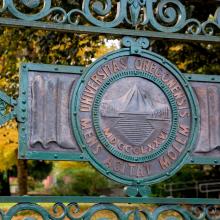
<a href="https://urldefense.com/v3/__https://sites.wustl.edu/bagnall/__;!!C5qS4Y… more</a>|full_html
<a href="https://urldefense.com/v3/__https://sites.wustl.edu/bagnall/__;!!C5qS4Y… more</a>|full_html
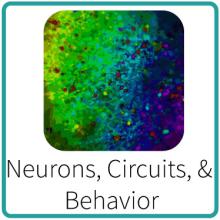

stuff here
stuff here

<p>Our laboratory is focused on two problems in neurobiology: (1) Active sensing, where we are...</p>
<p>Our laboratory is focused on two problems in neurobiology: (1) Active sensing, where we are delineating the brainstem circuitry that coordinates orofacial motor actions, e.g., sniffing, licking, head bobbing, and whisking, into behaviors. This work involves anatomy, behavior, and electro- and opto-physiology with rodents ad strives to make connections with control theory. (2) Blood flow in the brain, for which we connect measurements of the topology of the vasculature with neuronal control of flow dynamics from the level of large-scale vascular networks down to single microvessels. This work involves anatomy, physiology, and deep-brain optical imaging with rodents and strives to make connections with graph theory and fluid dynamics. Our efforts in both areas involve a broad range of approaches together with the opportunity to develop new tools. Please see our web site for further information concerning our work and recent publications.</p>
<p><a href="https://urldefense.com/v3/__http://biology.ucsd.edu/research/faculty/dk… more</a></p>
|full_html

stuff here
stuff here
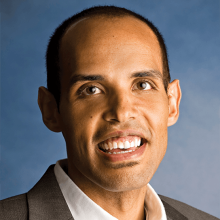
<p>Abstract: In recent years, advances in systems neuroscience have been facilitated by an increasing...</p>
<p>Abstract: In recent years, advances in systems neuroscience have been facilitated by an increasing mindset of sharing. The increased complexity of experiments and data analysis make continuing this trend critical. In this talk, I will present three examples of new open source tools that my lab has developed, and describe our vision for how they will support new science at Rice University and around the world. These three tools span the process of (1) managing and controlling behavioral experiments with an easily extensible, low-cost Python based virtual reality system; (2) acquiring fluorescence data in mice in experiments that push the limits of frame rate, signal strength, and/or imaging duration with the MiniFAST; and (3) conducting spectral analysis of extremely large datasets in Python with GhostiPy. We expect that these tools will be broadly useful, but I hope that my talk will also inspire the audience to commit to doing their part to contributing to the furthering of science with an open source mindset.</p>
<p><a href="https://urldefense.com/v3/__http://rnel.rice.edu/__;!!C5qS4YX3!XHf0I-mJ… more</a></p>
|full_html

<a href="https://thielelab.ca/">Learn more</a>
<a href="https://thielelab.ca/">Learn more</a>
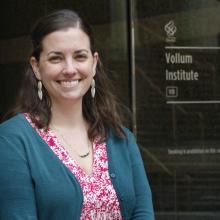
<p>Summary of current research</p>
<p>The myelin sheath surrounding axons is one of the most exquisite...</p>
<p>Summary of current research</p>
<p>The myelin sheath surrounding axons is one of the most exquisite examples of a specialized cell-cell interaction in the vertebrate nervous system. Myelin is formed by glial cells called oligodendrocytes in the central nervous system and Schwann cells in the peripheral nervous system. These cells associate with axons, and elaborate massive amounts of cytoplasm, ultimately wrapping axons to form the myelin sheath. While progress has been made to determine how glial cells make myelin, there is still much we do not understand.</p>
<p>How do glial cells transition from simple axonal ensheathment to membrane spiraling? What are the signals between glial cells and axons that regulate myelination? How is myelin maintained once it is formed? When myelin regenerates in disease or after injury, do the same developmental pathways that regulate myelination regulate remyelination? Or are there additional pathways necessary for this process, specific to adult tissue?</p>
<p>We use mouse and zebrafish models to better understand how myelinated axons are formed, maintained, and regenerated. </p>
<p><b><a href="https://urldefense.com/v3/__https://www.ohsu.edu/vollum-institute/kelly… more</a> </b></p>
|full_html
